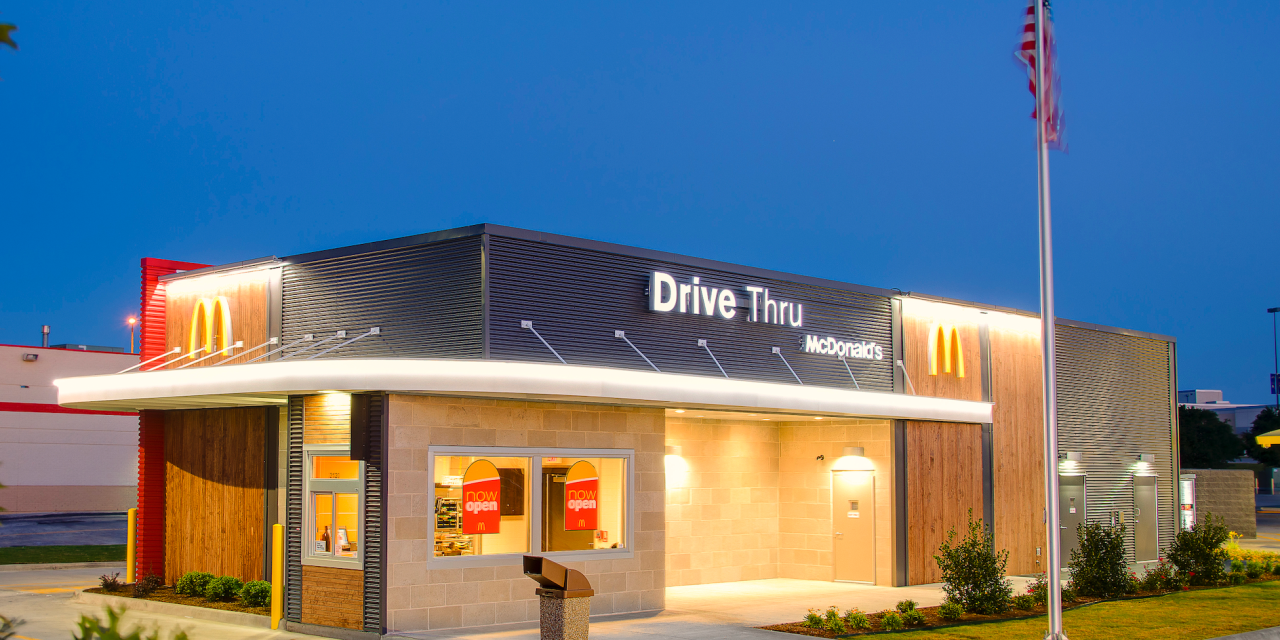Fast-food chains like McDonald’s & Wendy’s are locked in a price war

The fast-food price wars are heating up.
Major quick-service restaurant chains are adding cheaper bundles and meal deals to nudge customers back to locations. On May 10, McDonald’s revealed it would sell a $5 bundle that includes four items — a McChicken or McDouble, chicken nuggets, fries and a drink — while on May 21, Wendy’s rolled out a $3 breakfast deal that includes an egg and cheese sandwich with either bacon or sausage and a side of potatoes. Meanwhile, in April, Chili’s introduced a burger that it says “has twice the beef of a Big Mac” for $10.99. In contrast, its other burgers go for anywhere from $13 to $20.
The deals are piling up at a time in which many consumers have cut back on dining out. Although grocery inflation has eased, the price of food away from home was up 1.1% from April 2023 to April 2024, per the U.S. Bureau of Labor Statistics. Rising fast-food prices are nothing new, however. A new study by FinanceBuzz found that 13 restaurants, including McDonald’s, upped menu prices by an average of 60% between 2014 and 2024.
Sujeet Naik, an analyst at Coresight Research, told Modern Retail that McDonald’s and Wendy’s are taking a “step in the right direction” by offering value-based deals that may appeal to lower- to mid-income customers. Such a move could help boost visit rates and increase revenue, he said.
Even so, customers of all income brackets could benefit from these price bundles, Anne Mezzenga, co-CEO of Omni Talk Retail, told Modern Retail. According to a recent survey from the Alvarez & Marsal Consumer & Retail Group, consumers, particularly high earners, aim to reduce their spending across almost all categories, including prepared foods.
For months, fast-food chains have pointed to slumping demand and foot traffic. In April, McDonald’s reported its fourth consecutive quarter of slowing sales growth. “Consumers continue to be even more discriminating with every dollar that they spend as they faced elevated prices in their day-to-day spending, which is putting pressure on the QSR industry,” McDonald’s CEO Chris Kempczinski said on an earnings call.
While fast-food value meals could drive traffic, they don’t guarantee success, analysts say. For one, McDonald’s and Wendy’s new price bundles are temporary; McDonald’s will only be available for a month, while Wendy’s says its deal will last for a “limited time.”
Second, lowering prices can be costly for a fast-food brand. Earlier this month, an independent group of McDonald’s franchisees called the National Owners Association said it would need “a financial contribution” from McDonald’s to carry out the $5 value meal in the long term. “There simply is not enough profit to discount 30% for this model to be sustainable,” the NOA said in a letter to members, per CNBC.
Retailers and QSRs need to figure out ways to make up for losses sustained by promotions like value deals, Mezzenga told Modern Retail. Naik advised that restaurants introduce new menu items on a regular basis to pique consumer interest or enact a loyalty program to incentivize repeat visits.
On the other side of the equation, many restaurants have raised prices due to factors including labor shortages, inflation and worker pay. In California, a new law requires fast-food workers to be paid $20 an hour. Chipotle, in response, raised prices in California by 6% to 7%, its CEO said last month.
But customers may not always be willing to pay higher prices. In February, Wendy’s customers criticized the brand after its CEO Kirk Tanner said that new menu board technology would allow the restaurant to experiment with “dynamic pricing and day-part offerings.” Essentially, dynamic pricing would allow restaurants to change how much an item costs, depending on certain marketing conditions. Meanwhile, day-part offerings have to do with what items are sold when throughout the day. Wendy’s clarified its position, saying it wasn’t implementing surge pricing, which is the practice of raising prices when demand is highest.
It may prove difficult to find the right pricing formula. Keeping in mind the high costs of doing business, for QSRs, “the current operating model isn’t sustainable,” Mezzenga said. Just as the customer pays for the convenience of last-mile delivery via Uber Eats and DoorDash, it’s the same with QSRs, she said. “If you want the convenience of being able to go to Taco Bell at 2 a.m., you may need to pay more for it.”
